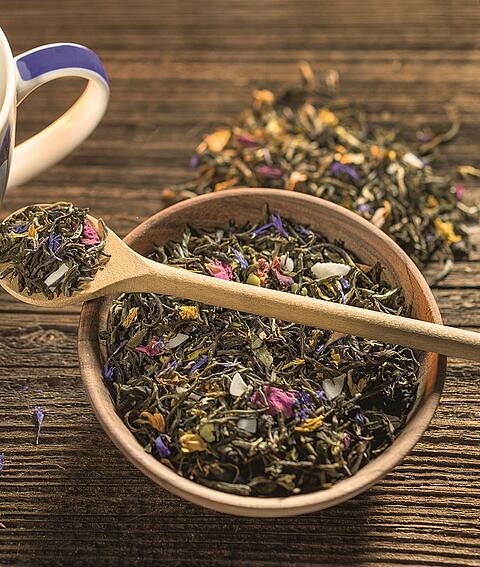China Yin Zhen (Silver Needle)
One of the finest white teas from China. Only the first, tender, unopened leaf buds, which are covered with white down, are carefully selected for this speciality. An elegant tea that offers an incomparable flavour profile with a mellow sweetness and delicate floral notes.
Article No: 0056242
